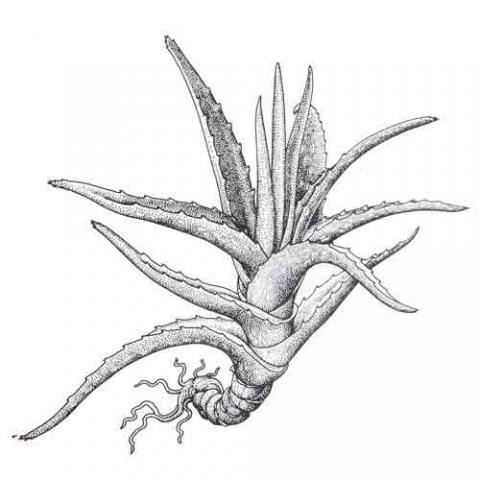Therapeutic: Laxative
What is a Laxative?
Laxatives are herbs that in some way stimulate the bowels to promote bowel movements. This action is called by a number of different names depending on the strength, and usually their strength is considered to be dose dependent, with the more stimulating laxatives containing higher levels of anthraquinones. In order of effect they are:
- Aperients (often Bitters, hepatics, and cholagogues)
- Laxatives (Bulking or Osmotic & Stimulant)
- Cathartics/Purgatives (quite violent remedies and not often used)
How Laxatives Work
There are 2 general modes of action for these herbs that are best categorized as either stimulating or osmotic laxatives.
1) Stimulating Laxatives are often those herbs that contain the plant constituent anthraquinones, and their action is to stimulate greater contractions of the muscle walls of the large intestine. This occurs between 8-12 hours after taking the remedy. A problem with this is that it might cause uncomfortable and gripping pain in the abdomen, and this can be alleviated with the use of a carminative. Note: Stimulating laxatives should not be used long term, and these herbs have a considerable number of safety concerns & contraindications. Herbal examples include:
- Cassia angustifolia (Senna)
- Rheum palmatum (Turkey Rhubarb)
- Rhamnus purshiana (Cascara)
- Arctium lappa (Burdock)
- Rumex crispus (Yellow dock)
Hepatics, cholagogues and choleretics can also improve bowel function by activating the liver & gallbladder, creating a reflex activation of the bowel that tends to improve the tone of the colon musculature.
2) Osmotic or bulking Laxatives draw water to themselves and hold it in the colon, serving to soften the stool and give it bulk (also called bulking agents or stool softeners).
- Linum usitatissimum (Flax)
- Plantago psyllium (Psyllium seed)
- Althea off. (Marshmallow)
Adapted from David Hoffman’s ‘The Herbal Handbook: A User’s Guide to Medical Herbalism” & “Medical Herbalism”
Reference:“The Naturopathic Herbalist”







